Depending on when in the month you asked, and who you talked to, sales of Apple's flagship iPhone X were appalling or fantastic. Meanwhile, the Apple Watch was saving lives and Amazon's Alexa was getting even creepier. AppleInsider takes a look at Apple's May 2018 in review.
If April 2018 was about talking, then May 2018 was concerned with talking about money. Chiefly it concerned Apple revealing just how much cash it had made but it did also begin with the company having to pay out quite a bit too.
Specifically and possibly grudgingly, Apple made a first payment of its disputed Irish tax bill. The company is said to owe $15.3 billion and in May Ireland's finance minister Paschal Donohoe announced that the first $1.76 billion had been paid into an escrow account.
Even Apple prefers to pay in instalments, then.
The reason this is all disputed is not that anyone much disagrees that Apple should be paying more tax than it does. It's that Apple didn't dodge anything: it always paid exactly what it was billed by Ireland. Even the Irish government is saying well, yes, we could've got more but this was what we billed them for.
It's the European Commission who says Apple owes back taxes and they're serious: they threatened legal action against the Irish government for its alleged failure to collect.
So everything is fine between Apple and Ireland, really. Oh, except that in May, Apple cancelled plans to build a $1 billion data center there, that's all.
It's not as petty as that sounds. The company said that it was cancelling it because of years of legal challenges. Late in April, the Irish High Court had passed a ruling that would allow objectors to begin an appeal process again.
Apple had announced plans for the datacenter in Athenry back in February 2016. On the same day, it also revealed it would be building another such datacenter in Viborg, Denmark.
That one is open and running. Apple has since announced that it's going to build a second one in the country, this time at Aabenraa, which is in southern Denmark.
Money
It's estimated that it costs around a billion dollars to build these datacenter wherever they are so Apple does need your help. Fortunately, we've not been slowing in chipping in a few bucks here or there.
In its legally-required earnings call in May, Apple revealed as little as it could about sales but Tim Cook directly stated that the iPhone X was a success. "Customers chose iPhone X more than any other iPhone each week in the March quarter, just as they did following its launch in the December quarter."
Just for once, we'd like Cook to end that kind of sentence with the words "so there". For even more than ever, this year had seen analysts and critics resolutely proving that the iPhone was a failure.
Bloomberg, the Wall Street Journal and just about everyone except customers said the iPhone X was a disappointing dud. So much so that AppleInsider took them to task in an editorial this May.
It's not as if we think news reports about Apple should all be shiny happy, we do think that doom-laden headlines conjured up out of sloppy journalism are offensive. It doesn't take much to get this right.
Usually the analysts who say the iPhone cannot succeed because no one is willing to pay such a high price are then the ones who say it did succeed because people were will paying such a high price. This time we did get at least an attempt at face-saving from Jun Zhang of Rosenblatt Securities.
"We believe that after Apple reported a slightly better quarter and guided better than the market anticipated, Apple's supply chain should look towards an increase in the 2nd half," he said. "Apple needs to reduce most of their components, such as panels, RF, 3D sensing, and some commodity components. We believe this is the key reason that Apple's supply chain might still provide weak guidance for the June quarter, even as Apple's guidance was better than expected."
More money than cents
If you were one of the many of us who turned out to be willing to pay a lot of money for the iPhone X, perhaps you were one of the few who felt it could be more expensive than it was.
In which case, May was your lucky month because luxury accessor maker Hadoro began selling a version of the iPhone X costing up to 8,900 euros or approximately $10,436.
That price does include the phone.
Hadoro replaces the casing with anything from leather to marble and even something with real diamonds in it. You can forget your Apple warranty, the phones cease to be waterproof, and in our opinion they look ugly as hell, but it's your money.
Plus we said that about them being ugly before we saw what else was released in May 2018. For a comparatively bargain $3,964.16, you could briefly buy a Royal Wedding commemorative iPhone X encased in gold.
To think we'd been saying HomePods were expensive at $349.
HomePod
Speaking of which, Apple's earnings call did say how much money the company had taken in but it didn't and never does break out the details for items like the HomePod or the Apple Watch. That doesn't stop people guessing.
Sorry, we mean estimating and calculating based on reliable sources in the supply and retail chain. This month Strategy Analytics guessed that Apple had sold around 600,000 HomePods. Compare that to Google's 2.4 million Home devices and Amazon's 4 million Echo speakers.
Mind you, the Dot version of the Echo sells for $50 or seven times cheaper than the HomePod. And Apple's device is the only one that wasn't available for the whole quarter.
Maybe we'll just give up on sales figures and concentrate on how great the HomePod sounds. At least that's something everyone agrees on, except for Consumer Reports who insist it's good but others are better. This May, AppleInsider went to see how their controversial testing is actually done.
Apple Watch saves lives
While we were busy concentrating on that testing, other people were out at church, working at bowling alleys, taking their parents to hospital — and having their lives saved by their Apple Watch. No kidding.
"If it wasn't for her Apple Watch alarming her about her HR [heart rate] we wouldn't have discovered her kidney issue," wrote Stacey Recktenwald in a letter to Apple. "I honestly feel your Apple Watch saved my daughter's life. I am forever grateful to Apple for developing such an amazing, lifesaving product."
Recktenwald's 18-year-old daughter had got a notification from her Apple Watch telling her to seek medical attention because her resting heart rate had reached 190 beats per minute.
She lives in Tampa, Florida, but a similar thing happened with William Monzidelis in New York. Again it was a heart rate warning but in his case he had an erupted ulcer. Doctors told him that if he had ignored the dizziness he was feeling, he would've died.
Then in England, Kevin Pearson was in hospital accompanying his father when his Watch warned that his heart was beating 161 times per minute. He followed the Watch's instructions and sat down, monitoring his heart rate until it steadied.
He was at a hospital, after all, so he got doctors to check him out and they discovered that he had atrial fibrillation. Pearson says he's now set his Watch to alert him whenever his heart rate spikes over 120 beats per minute.
There's no word about how his father is.
Alternatives to Apple
You can't be anything but amazed that a watch can save lives. It is truly a remarkable thing that Apple has done with this device. Yet if it's impossible to dislike the results, plenty of people are not keen on the company who's doing it.
This May if you happened to be someone who didn't like Apple devices or you were finally worn out from how much they all cost, you could of course turn to Android. What's more, if you did that, you could finally get a phone that doesn't have the notch at the top of the screen that the iPhone X did.
You know that the notch is there because it's needed, because behind it is all the Face ID sensing equipment. By May, many Android phones were including a notch solely to look good.
Except LG, which doesn't just follow fashion and doesn't make technologically-based decisions. And which seemingly hasn't heard the old engineering maxim of 'form follows function'. For LG put a notch on its new phone, the LG G7 ThinQ, and revealed in May that it was after a survey.
The company asked 1,000 people across the US, UK, Italy and South Korea and only 300 or so objected to there being a notch.
The company didn't break down the rest of the results for us, though, saying only that 60 percent liked or didn't mind the notch. Whatever the breakdown, enough liked it that the new LG phone had one.
Or sometimes. The LG G7 ThinQ has a feature whereby you can choose to switch the notch off. Of course it does.
Sequences Lengthened
Samsung also hesitated over fully going for the notch, too, but not in its phones, just in its advertising. May saw an ad that belabored a comparison between the iPhone 6 from 2014 and the Samsung Galaxy S9 from 2018. You'll never guess which phone was faster.
You missed it, but at the start there was a pixel-high disclaimer on the screen saying that "newer iPhone models are currently available".
What you may also have missed in the barrage of examples of slowness was the occasional tentative mocking of the notch.
If the ad had run just a little later in May, though, it could have instead focused on the features announced for the new version of Android. Google announced Android P and also released it in a beta program.
That beta program meant that Android P was initially only installed on what AppleInsider called "a small sliver of devices". Later it would be released publicly to all Android users and consequently end up on a slightly larger sliver.
A likely story
Android is famous for how even new phones can't always be updated to the latest versions and slightly older phones never can. Still, we wouldn't say that in front of Android users because we're polite.
And because you never know who's listening.
In May, Amazon confirmed a report that an Echo device had recorded audio from a conversation and sent it to someone else. Speaking to AppleInsider, the company explained that it was down to an extremely unusual sequence of mishearing. Alexa believed it had been told to send a message and then after it had said "To whom?" believed it was told a name in the customer's contacts list.
"As unlikely as this string of events is," said Amazon, "we are evaluating options to make this case even less likely."
An unlikely story
Maybe you'd have guessed that something like this must happen sooner or later with a device that works by listening to your conversations. We'd have bet money, though, that you wouldn't have guessed we'd lose net neutrality.
That wouldn't go away until June but in May we were still hanging on to the hope that a last-minute Senate vote might help.
It didn't.
With the prospect of losing net neutrality and all it could mean for us and even Apple, we weren't leaving May in the best of moods.
Except it was during May that Apple confirmed the dates of WWDC 2018. Things were looking up for June 4.
What happened next
Read the next part of AppleInsider's 2018 review. Apple's annual Worldwide Developers Conference dominated much of the month but June also saw awards season — with Apple both giving and receiving trophies. All this and so much more in Apple's June 2018 in review.
Keep up with AppleInsider by downloading the AppleInsider app for iOS, and follow us on YouTube, Twitter @appleinsider and Facebook for live, late-breaking coverage. You can also check out our official Instagram account for exclusive photos.
 William Gallagher
William Gallagher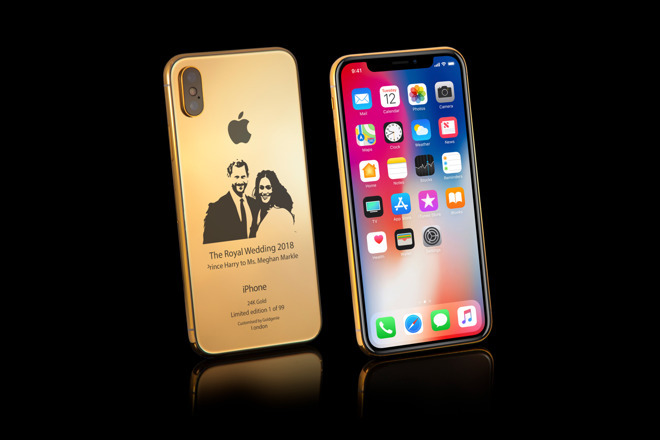
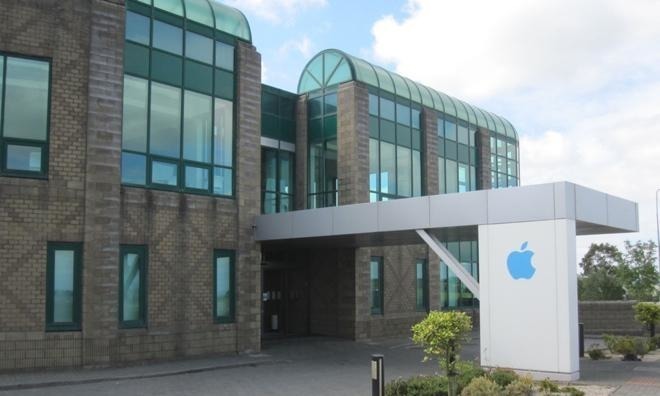
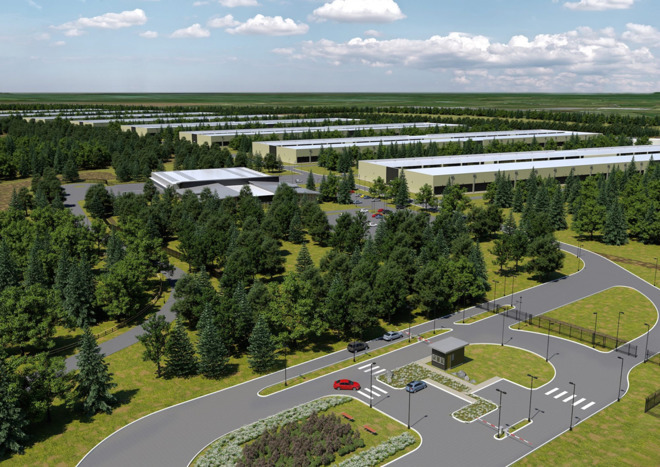
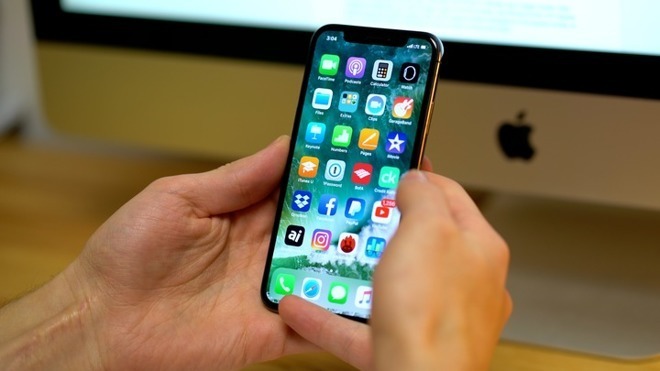
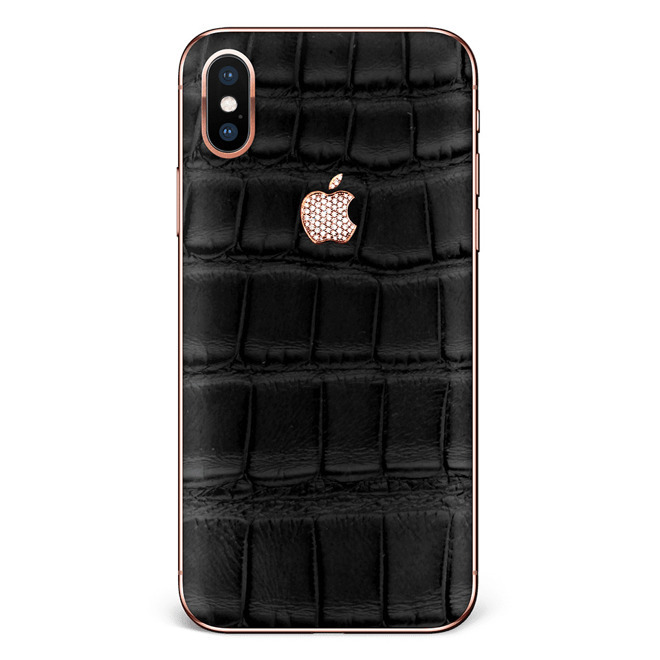
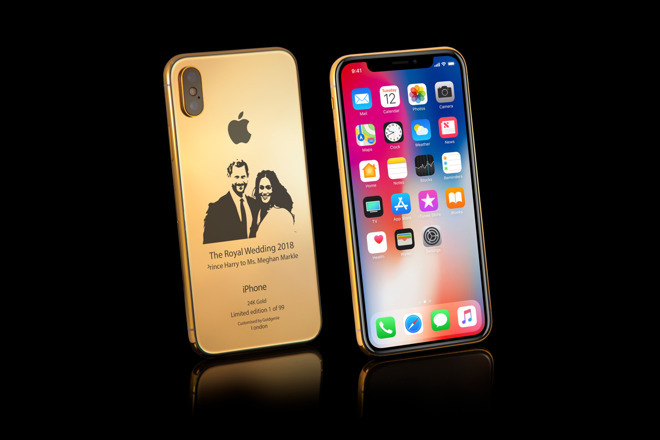
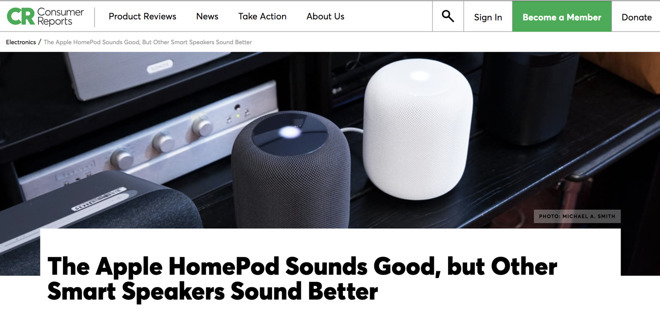
-xl.jpg)
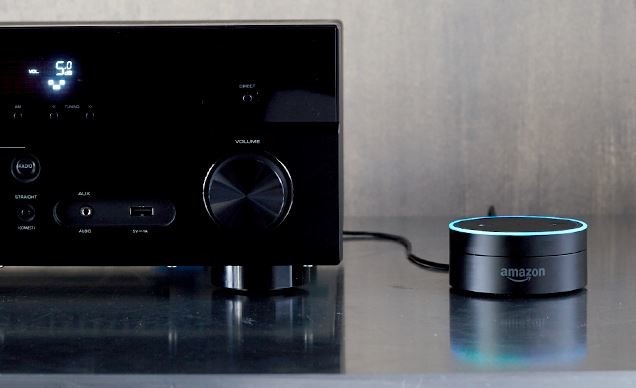
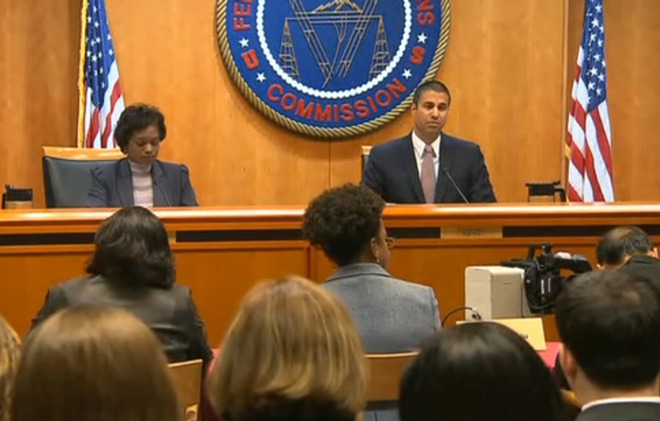







-m.jpg)






 Charles Martin
Charles Martin

 Malcolm Owen
Malcolm Owen


 Christine McKee
Christine McKee
 Wesley Hilliard
Wesley Hilliard









4 Comments
Lmao!!!! They needed their watches to tell them that their hearts were going 180 beats per minute? I think there are more serious issues at hand here that should be looked at lol! Do they also need a watch that reminds them to exhale and inhale? Such a cringey article.